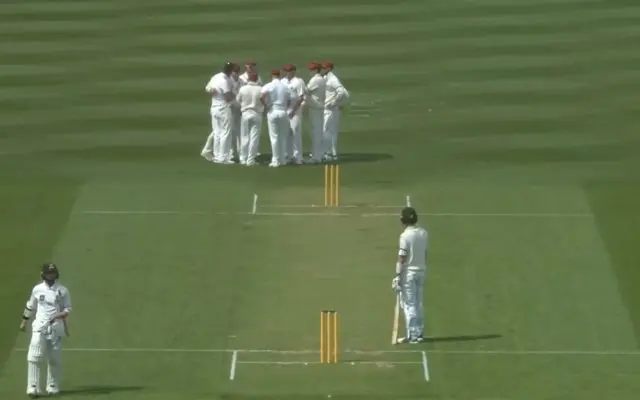In the game of cricket, the condition of the pitch plays a crucial role in determining the outcome of matches. A green wicket, characterized by a lush covering of grass, can have a significant impact on the game, favoring the bowlers and posing challenges for the batsmen. Let’s delve into the world of green wickets in cricket and understand their effects on the game.

1. What is a Green Wicket?
A green wicket refers to a cricket pitch that has a noticeable covering of green grass on its surface. The grass on the pitch can vary in length and thickness, but its presence indicates that the pitch has moisture and is likely to offer assistance to the bowlers.
2. Why are Green Wickets Prepared?
Green wickets are often prepared to provide assistance to the bowlers, especially in conditions where there is moisture in the pitch. The grass helps to hold the pitch together, preventing it from breaking up too quickly, and can also provide lateral movement for seam bowlers. Green wickets are typically prepared in countries with temperate climates, where conditions are conducive to grass growth.
3. Effects on Batting:
Batting on a green wicket can be challenging for batsmen, as the grass covering can cause the ball to seam and swing unpredictably. Batsmen may struggle to judge the movement off the pitch, leading to edges, lbws, and dismissals bowled. It requires a high level of skill and concentration to negotiate the early movement and survive against the bowlers.
4. Benefits for Bowlers:
Bowlers relish the opportunity to bowl on a green wicket, as it provides them with assistance in terms of movement off the pitch. Seam bowlers, in particular, can exploit the conditions by pitching the ball in the right areas and letting the seam do the work. Swing bowlers also find green wickets conducive to their style of bowling, as the movement through the air can complement the movement off the pitch.
5. Tactics and Strategies:
On green wickets, bowlers often adopt a fuller length, aiming to pitch the ball up and induce movement off the seam or swing in the air. They may also use cross-seam or scrambled seam deliveries to extract maximum movement from the surface. Batsmen, on the other hand, need to be patient, play with soft hands, and wait for scoring opportunities rather than trying to force the issue.
6. Impact on the Outcome:
Matches played on green wickets tend to be low-scoring affairs, with bowlers dominating proceedings and batsmen struggling to score freely. The team that can adapt to the conditions and capitalize on the early advantage often emerges victorious, making the toss crucial in determining the outcome of the match.
Conclusion:
Green wickets add an element of unpredictability and excitement to the game of cricket, providing bowlers with opportunities to showcase their skills and test the mettle of batsmen. While challenging for batting, green wickets reward disciplined bowling and strategic play, making them a fascinating aspect of the sport that fans eagerly anticipate during matches.